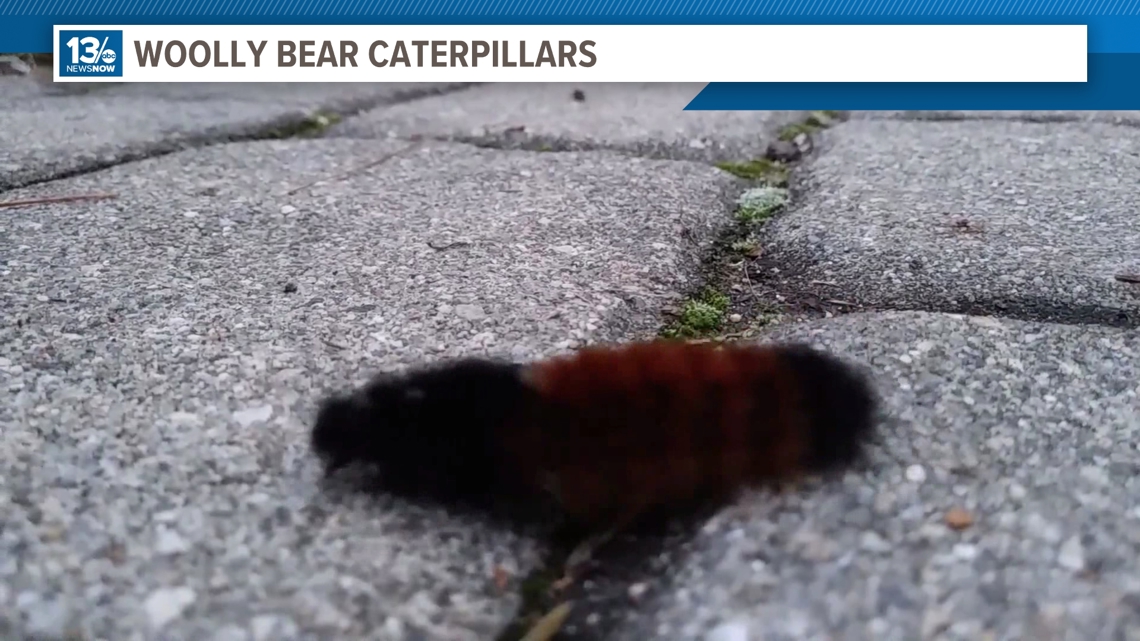NORFOLK, Va. — For as long as humans have been able to experience weather, we have been trying to predict it. While modern science helps us understand the complex interactions in our atmosphere, folklore used to play a huge role in long-term forecasts.
That brings us to the “woolly bear” or “woolly worm” caterpillar. They are often found in the fall, and folklore explains that the color, length, or thickness of the coat will indicate the severity of the upcoming winter. The longer the woolly bear's black bands, the longer, colder, snowier, and more severe the winter will be. And if the middle brown band is wider, then it will be a milder winter.


The popularity of the woolly bear caterpillar continues, with the annual “Wooly Worm Festival,” held every October in Banner Elk, North Carolina since 1978. According to organizers, the 13 bands on the woolly worm represent the 13 weeks of winter. Brown bands indicate a mild week, black bands indicate a cold, snowy week. Since every woolly worm has different colors, the Woolly Worm Festival holds races to determine which worm is used to make the forecast.
But like most weather myths, this had been debunked. The woolly bear’s coloring is based on how long caterpillar has been feeding, its age, and species. The better the growing season, the bigger it will grow, resulting in a narrower brown band in its middle. So, the colors are more a reflection of past weather conditions rather than a forecast for the upcoming season.

